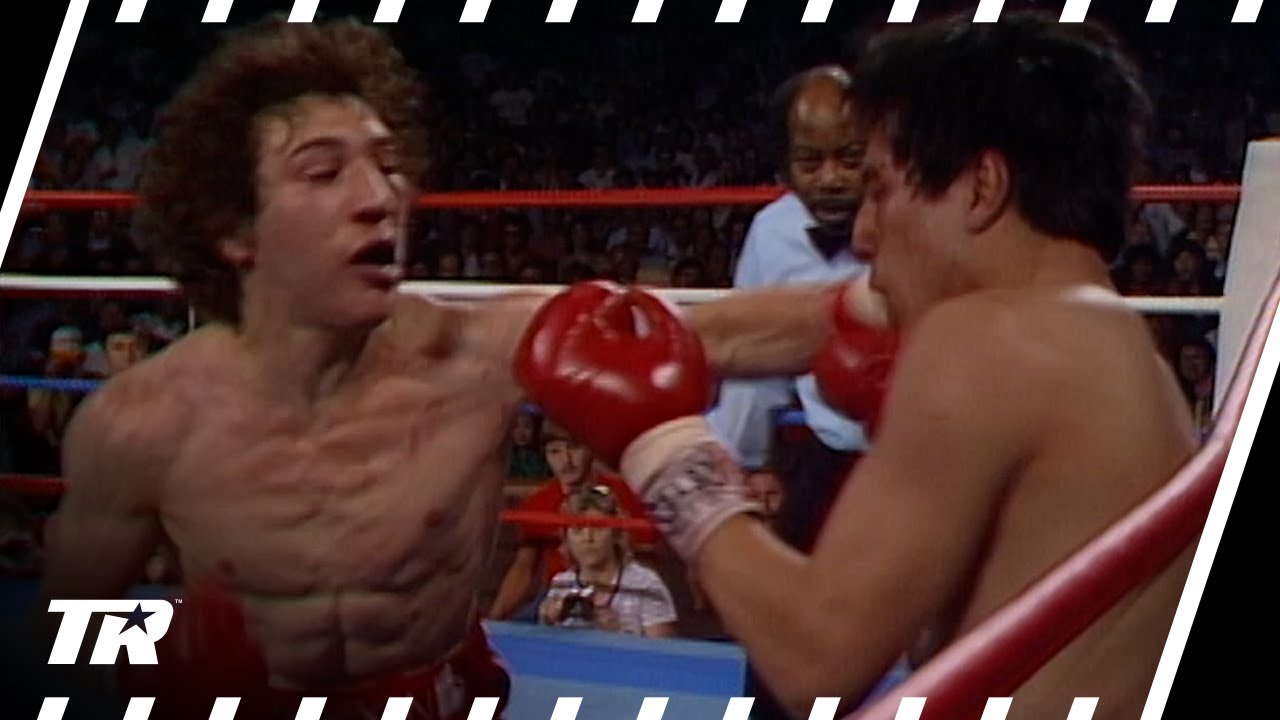Boxing News first appeared on September 11, 1909. It was published weekly until May 1941, when its offices on Fetter Lane, Holborn, were destroyed by fire during the London Blitz. Wartime conditions caused further interruptions, leading to sporadic publication in 1943 and 1944.
Industrial disputes in the 1970s and 80s also led to occasional missed issues. However, for 115 years, the magazine has largely been available weekly across the nation. Prior to 1940, it was simply called Boxing, and the inaugural edition bore this title.
Let`s examine the notable boxing events discussed in that first issue from 1909. In his inaugural editorial, editor John Murray analyzed the British heavyweight scene. Globally, the search was on for a `white hope` – a regrettable but predictable reaction to the dominance of Black champions, reflecting racial intolerance of the time.
Jack Johnson was a formidable champion, but his reign was met with dismay, particularly in America and Europe. Murray questioned the drive of Britain`s `Iron` Hague, recently defeated soundly by the world-class Sam Langford.
Hague, known for disliking training, had a chance to boost his career with three bouts in the U.S. However, apparently wary of the rigorous preparation required, he chose instead to fight Langford, suffering a fourth-round knockout at the National Sporting Club.
Murray also discussed a potential bout between featherweight greats Jim Driscoll and Owen Moran, who were featured on the cover. Terms couldn`t be agreed, and it took four more years for them to finally meet for the British featherweight title, by which point Moran was past his prime. This situation – a less-than-committed heavyweight and a long-delayed matchup between top fighters that missed its moment – feels oddly familiar today.

The boxing season was just resuming after a quiet summer. With the National Sporting Club set to reopen soon, activity was picking up. A significant bout that week was in Mountain Ash, a mining town between Pontypridd and Merthyr. Welsh star Freddie Welsh, in his third fight since returning from establishing his reputation in America, faced Joe Fletcher from Camberwell.
Welsh had already secured two victories at this venue. His fight against the resilient Londoner Fletcher proved one-sided, with the `Welsh Wizard` winning by 12th-round knockout.
In Newcastle, the new St James Hall boxing stadium hosted its first event. The main fight was a 20-round match between local middleweight Tom Lancaster from Spennymoor and Black American fighter Young Johnson. Johnson had recently knocked out Gunner Moir quickly and would spend his entire 81-fight, five-year career boxing in the UK. The underdog Lancaster secured a points victory after the full 20 rounds.
An interview with Australian boxing promoter Hugh McIntosh touched on a potential world heavyweight title fight between Jack Johnson and Jim Jeffries. While he thought the match likely, he was hesitant to predict the winner.
Surprisingly, McIntosh claimed there was one man globally who could “outbox Johnson eight days a week,” naming James J Corbett. The following year, Johnson easily defeated Jeffries. He would undoubtedly have done the same to the aging Corbett, who hadn`t fought since his 1903 loss to Jeffries.

